Hi,
A few days ago I mentioned that my Freestyle Libre was giving me some unexpected insights into how my body is reacting to Zero Carbing.
And @Robert_Johnson and @Capnbob both expressed an interest in what these insights are.
So here goes. If anything doesn’t make sense, just give me a shout, and I will try (!) and explain to the best of my understanding.
Firstly, a little background:
I used to have diabetic level blood glucose. Age, weight and background suggested T2D, but I had a long (since childhood) history of reactive hypoglycaemia, despite 30+ years of low carbing, moving to keto, I still got blindsided by the odd hypo.
Here is a pic of a RH hypo, caught on my Libre. This is what I try very, very hard to avoid. It was after a mere 30 g of carbs in the form of around a 1 inch stack of Pringles as a rare treat - So hardly a binge!
Thanks to the Libre, I have managed to work out that it is gluten that makes me so sensitive to carbs, and that if I stay strictly GF, I don’t get the reactive hypos. Which is great news. However, a lifetime of RH has left me with a need to stay very low carb. I also have PCOS and a prolactinoma (benign tumour of the pituitary gland which over produces prolactin) which mean that I have a lot of insulin resistance.
I now use the Libre for a couple of weeks every few months, just to check on how my blood glucose is ticking along. I ran 2 Libre sensors in November, while Ketoing, and then have just finished another sensor 7 weeks into Zero Carbing (with a little dairy and approx 2 squares 70% choc a day)
Anyway - on to my Libre data.
Long story short:
ZC has not reduced my HbA1c result (as predicted on the Libre), but it has definitely changed my blood glucose readings throughout the day and night.
This was my projected Libre HbA1c in November, while Ketoing.
and this is my projected Libre HbA1c while ZCing.
As you can see, my afternoon and evening readings (I usually eat 2 meals a day, at around 11am and around 6pm) are reduced. But my night time and my morning fasting readings are slightly raised.
It was a surprise to find there was no change in HbA1c. I was expecting a drop.
I was also expecting gluconeogenesis to produce long slow increased after meals, but these are absent.
I was also expecting that reducing post-meal spikes would result in lower morning readings. This has not happened at all.
One of the joys of the Libre is being able to tell what happens at night, and I always get a sharp drop in blood glucose around 2.30 am. It usually wakes me up in a sweaty mess as stress hormones trigger a liver dump to bring the bg back up, and the Libre screen shows this. It is a lot less dramatic on screen than it feels in real life! It is this which causes my night time readings to be higher than I would like.
Since it does not seem to be related to carb intake, or even particular foods, and has carried on throughout MANY different ways of eating, I think it is more hormonal than dietary, so I do not know a way to prevent either the bg dip, or the bg rise.
On ZC my morning readings are the highest of the day. I have tried various fasting options, breakfasts and exercise regimes. What you see on the screen here is the lowest I can consistently keep it - which usually means no breakfast except a coffeesubstitute and cream. Exercise will change the reading, but it is hard to fit that into my morning schedule.
The next pic is a typical day from back in November (Keto)
See the morning rise between 6am and 12pm?
See the lunch rise start around 1pm
and the dinner rise start afound 7pm?
The following pic is a typical ZC day from this week
See the morning rise?
The gentle dip, even though I ate baked salmon and butter at around 11am
Then the slight hump at 6pm is 2 squares 70% choc
which was followed by shoulder of lamb at 7pm which doesn’t really show on the graph.
Quite a contrast with the Keto pic.
The next 2 pics show that in November (Keto) I had good bg control, but it was less in target than on ZC
Keto:
ZC:
Throughout my ZC I have been controlling my protein intake.
I know that opinion is very divided on this subject, and I totally respect anybody’s decision to eat as much protein as they like.
However, for me, in my circumstances, I know that if I eat high protein, my body responds with increased insulin resistance and higher blood glucose readings, and those are exactly what I am carefully and deliberately trying to avoid.
So I limit my protein to less than 90g a day. Preferably less than 70g a day. And am rewarded with better blood glucose readings following a lower protein day.
And finally, here is what happens when I have 8oz of goatsmilk yog and 2 squares of 70% choc as a weekend breakfast:
That is my idea of a treat. I have learned not to go for more conventional treats, because seeing the results of the Libre is… offputting. lol.
I am going to continue ZC for a while, and run another Libre Sensor later in the spring. Meanwhile I will also continue to aim for lower protein and luxuriant fat intake.
So far, I have lost a few pounds on ZC, but do not yet have enough data to know whether this is from the recurring tummy bug I had over Xmas, or the introduction of ZC, or the restricted protein. I will keep monitoring and see what happens in the long run.

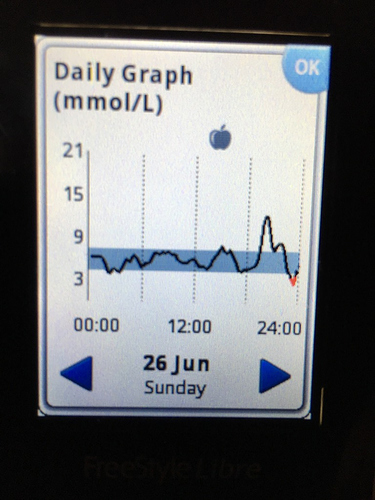
 My graphs are very different than the OPs
My graphs are very different than the OPs Here in the UK, if you self fund, a Libre costs around £50 for a sensor (lasts 2 weeks, 24/7).
Here in the UK, if you self fund, a Libre costs around £50 for a sensor (lasts 2 weeks, 24/7).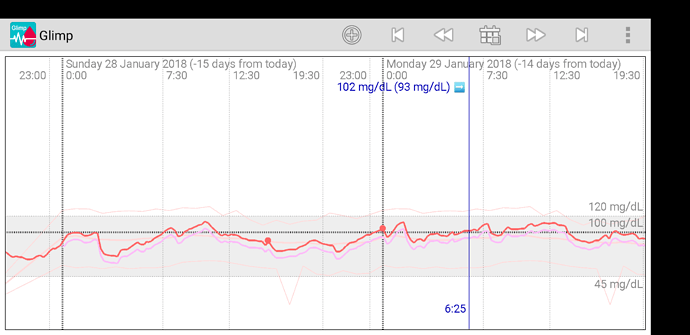
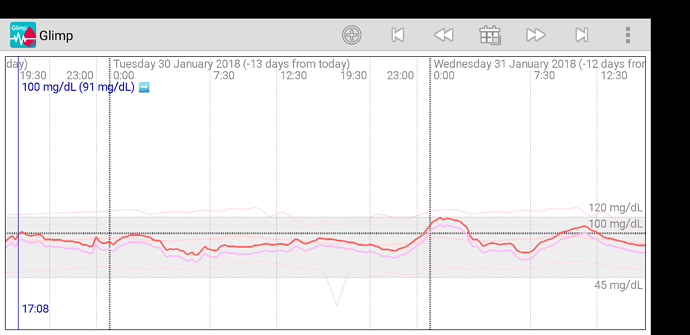
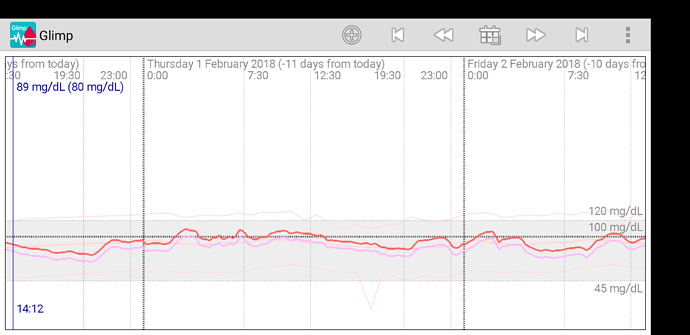
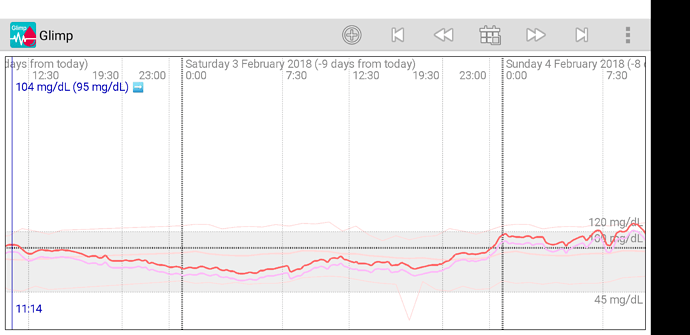
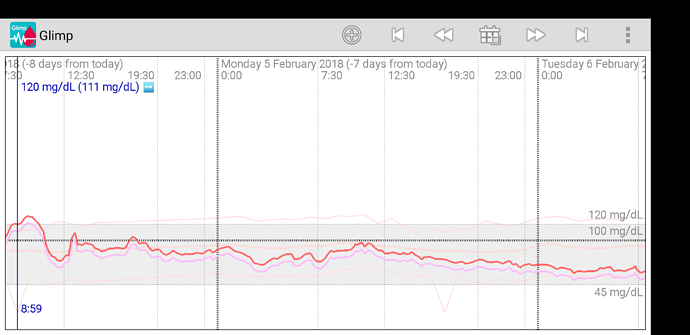
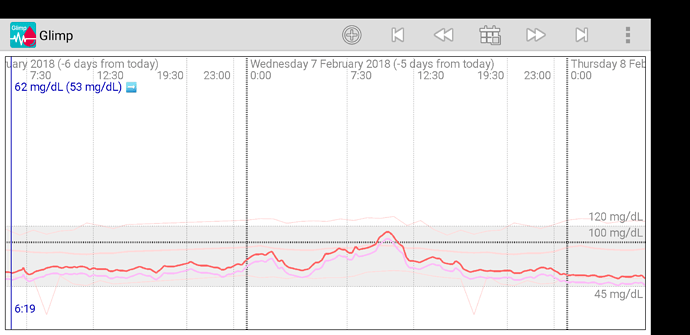
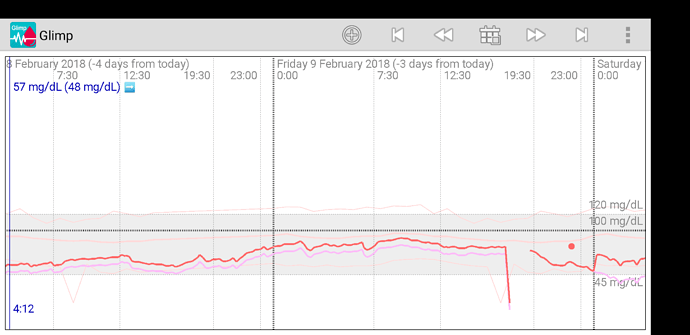
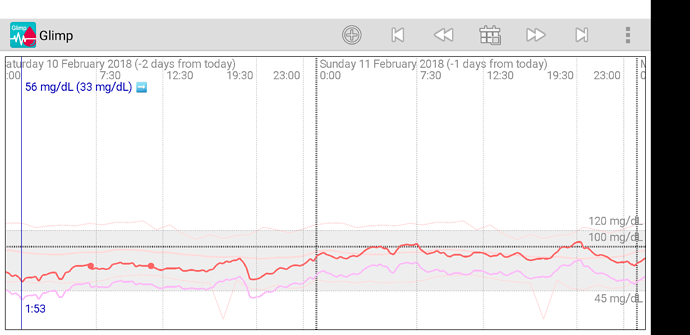
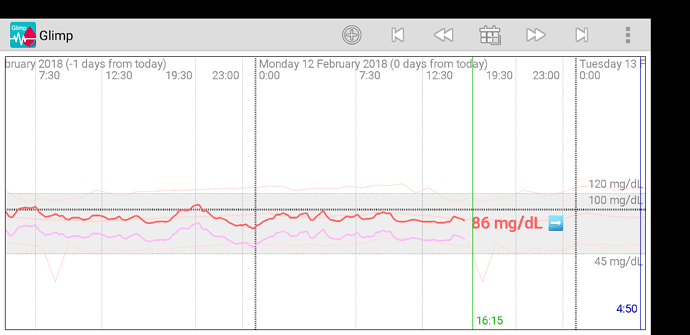

 it has flown. And it has been much smoother than i expected.
it has flown. And it has been much smoother than i expected.